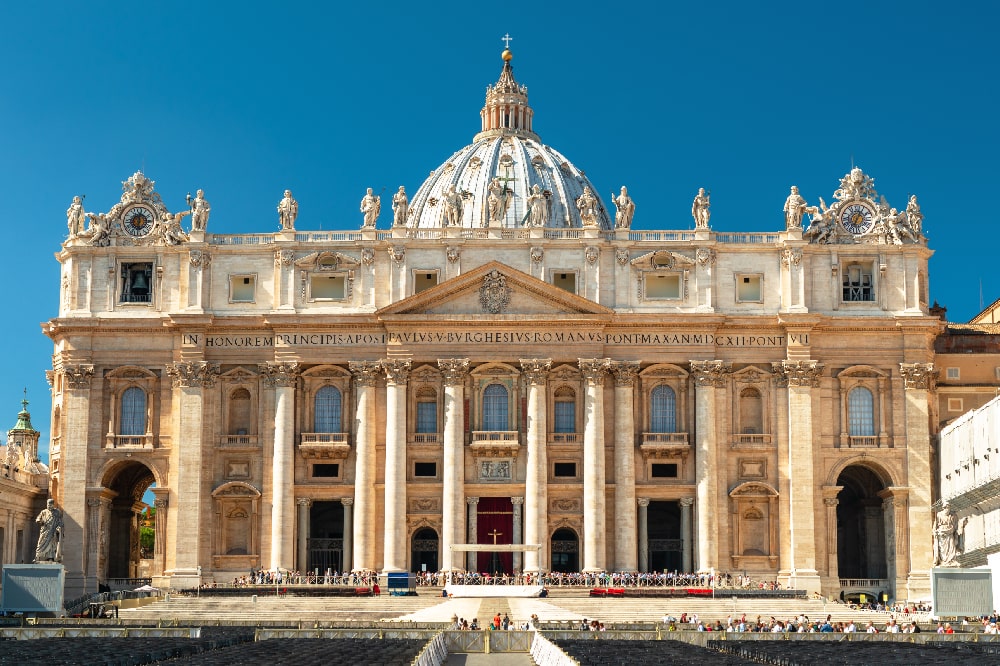Three times a year the blood of Saint Gennaro, martyr and patron of Naples, is miraculously melted. This is what makes this miraculous event so special
Contents
The two blood vials attributed to San Gennaro and kept in the Cathedral of Naples (also called Duomo di San Gennaro) have been for centuries at the centre of a cult that is covered with legend and renewed every year on the Saturday preceding the first Sunday in May, on 19 September and 16 December, Dates when the blood of the Holy one miraculously returns to liquefaction. The miracle of San Gennaro is expected and celebrated every year with uncontrollable enthusiasm and warmth by the devotees, Who on all three occasions crowd to witness the miracle and see the blood-containing shrine of the precious relic, which is exposed to their devotion in the days after the miracle.

The Blood of San Gennaro story
A relic that has had a long and adventurous history, as adventurous was the life of the saint, born in Naples in the third century A.D. Became bishop of Benevento, he was able to win the love of Christians and the respect of pagans. Saint Gennaro died during the persecution of Diocletian against Christians. He went to visit his friend Sosso, a deacon in the Christian community of Miseno and was imprisoned by judge Dragonio, proconsul of Campania, together with friends, the reader Desire and the deacon Phaistos. Three other men were imprisoned just for daring to protest the judge’s decision: Procolo, deacon of Pozzuoli, Eutiche and Acuzio. Condemned to be eaten by lions (or bears) in the amphitheatre of Pozzuoli, Dragonio commuted his sentence to beheading, He was aware of the support and sympathy that Gennaro and his friends enjoyed among the population. Popular devotion has explained this change with the story that the beasts would kneel before the Saint refusing to harm him. On 19 September 305, San Gennaro and his friends were beheaded.
The cult of the relics of Saint Gennaro began long before his sanctification, which took place in 1586. Before that date, devotional pilgrimages had already begun to his burial in the Catacombs of San Gennaro, where his remains were transferred from the tomb of Agro Marciano in the fifth century. The Neapolitans turned to the saint, especially on the occasion of the earthquakes and eruptions of Vesuvius and their increasingly frequent visits made it necessary to enlarge the catacombs.
The Cathedral of Naples was also built on the remains of a church erected by Bishop Stefano I during a particularly violent eruption, in 512 A.D., when the prelate invoked San Gennaro to protect the citizens. Within this church the bishop Stefano placed the skull and two blood vials of San Gennaro, saving them from the plunder that the Longobardi would have accomplished in 831, Taking away the saint’s bones. The bones were then found in 1492, and joined to the skull and two vials, In the meantime, they had been arranged in a sumptuous silver bust made by Charles II of Anjou in 1305. Today the treasure of San Gennaro is kept inside the Chapel of the Treasury, in the Cathedral, and the ampoules in a coffer commissioned by Roberto D’Angiò.

The liquefaction of the blood of San Gennaro
The first liquefaction of the blood of San Gennaro would have occurred during the transfer of his relics to Naples. Bishop Severo met a woman named Eusebia along the road and in her presence the blood of the saint contained in two small ampoules melted. Although the first historical document mentioning the exhibition of vials dates back to 1389, it is certain that it took place already a long time ago.
Recognized by the church as a prodigious phenomenon, Not a miracle, the melting of the blood of San Gennaro has been the subject of scientific studies and refutations to show how it is possible to reproduce chemically the phenomenon with methods already known in antiquity. In particular, the study of CICAP (Italian Committee for Claims on the Paranormal) in the 1980s concluded that it is attributable to thixotropy, a physical phenomenon that causes some substances that occur in the solid state to become more liquid if subjected to mechanical stress. The ampoule with blood of San Gennaro is But no official denial about the prodigious nature of the liquefaction of the blood of St. Gennaro has ever been made.

When the blood of San Gennaro dissolves
The Saturday preceding the first Sunday of May is celebrated the memory of the translation of the relics from Pozzuoli to Naples with a solemn procession, during which the bust and the reliquary containing the ampoules are carried through the city. At the end of the procession, the blood is liquefied.
On 19 September, the anniversary of the decapitation of the saint. On the high altar of the Cathedral of Naples are exposed the bust and relics and the archbishop overturns the case containing the ampoules of blood raggrumato, renewing the miracle. The molten blood is left for eight days to the devotion of the faithful, then put back in its place.
On December 16, the memory of the terrible eruption of Vesuvius in 1631 is celebrated with a new exhibition of the prodigious ampoules, On the occasion of which the Neapolitans saved themselves by invoking San Gennaro.


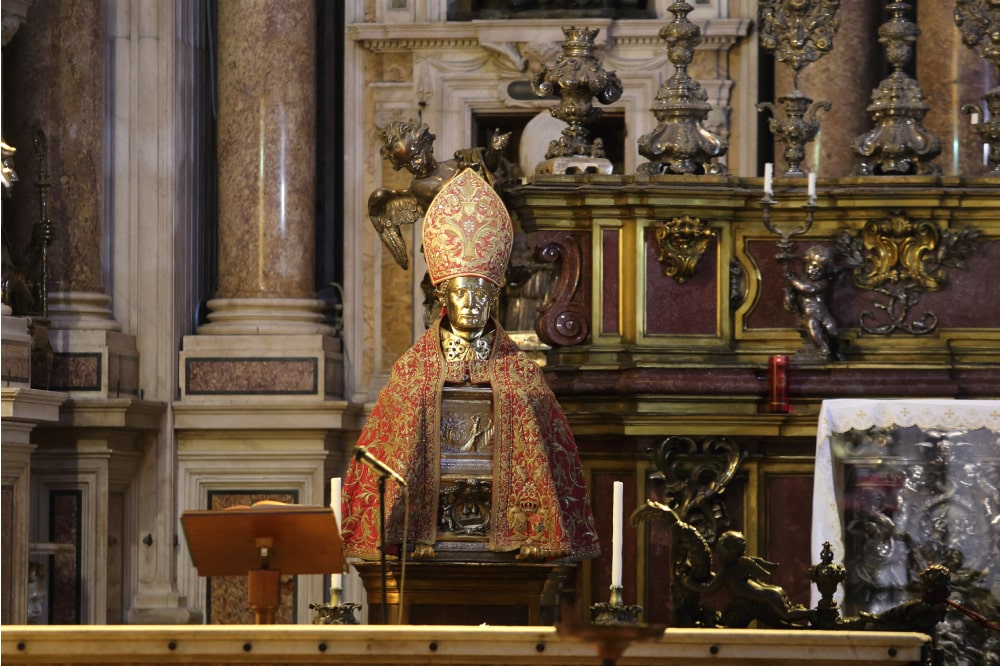
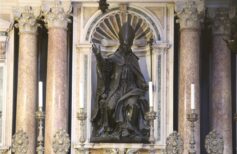
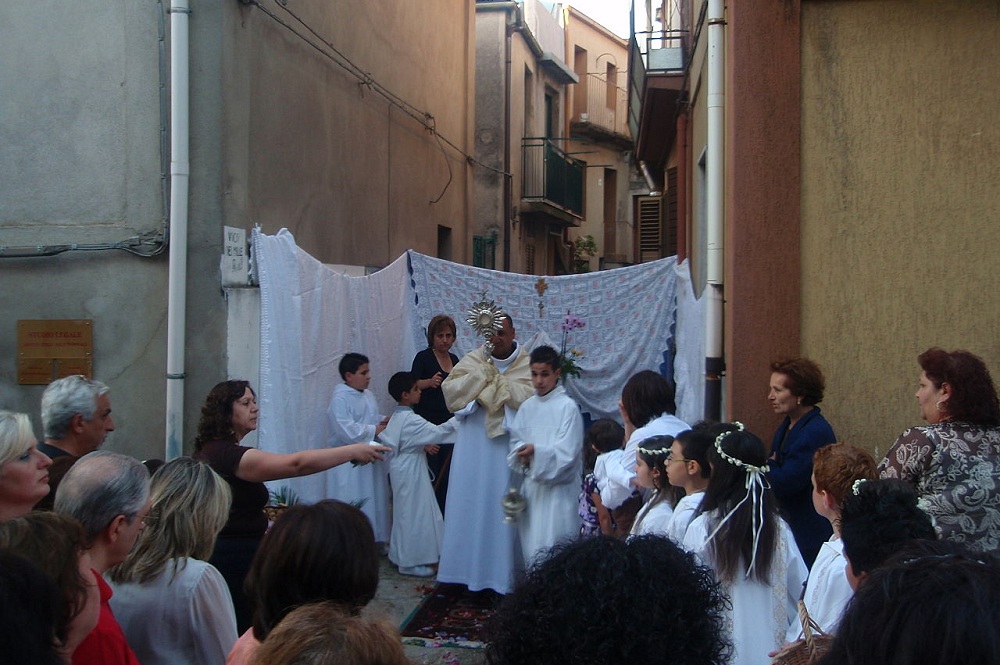

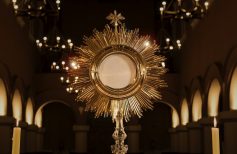
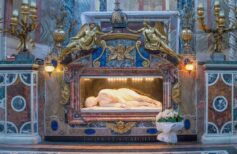
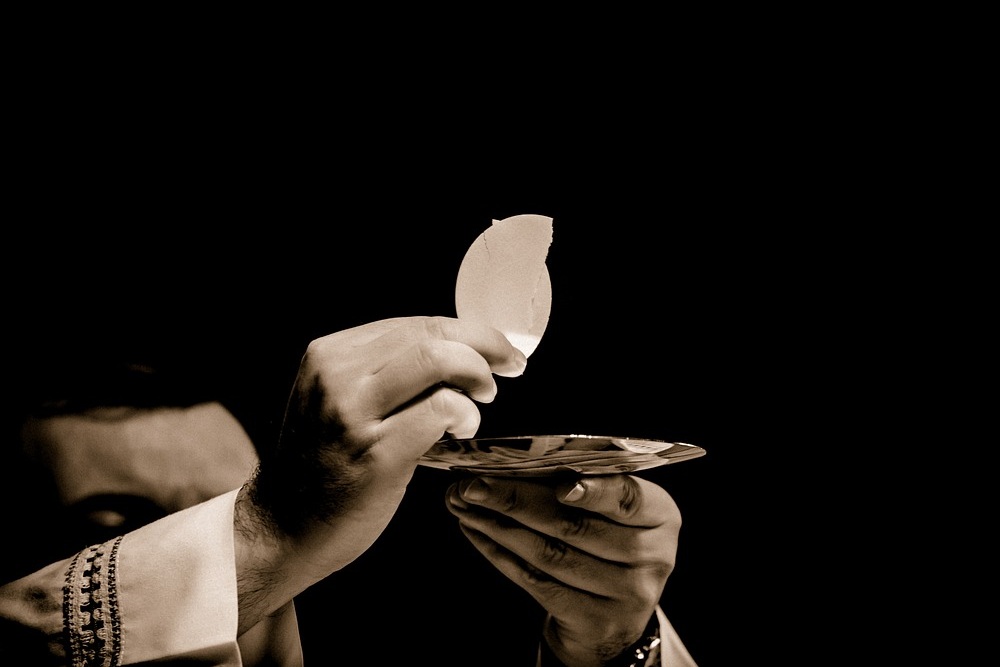

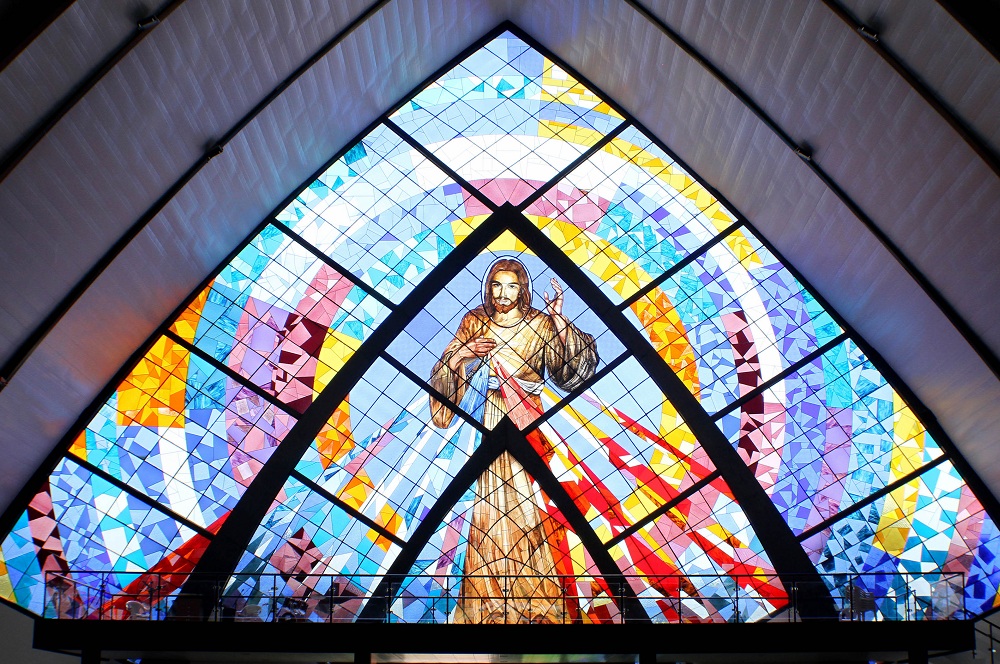
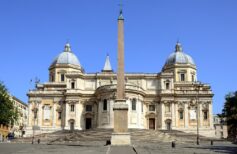








 25 August 2025
25 August 2025

